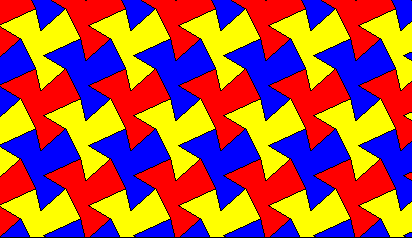With mathematics being the least favourite subject in primary school with children, it is important to make their learning of maths fun so they can enjoy it and see it as an opportunity rather than a hindrance. A fun way to incorporate mathematics into everyday learning is through the popular game Minecraft.
Minecraft offers a variety of mathematical concepts for exploration and children LOVE it! For example, addition and subtraction, to find out how many blocks are needed to build, or if is a large area then multiplication can be used instead. Spatial awareness is needed because the amount of space needed to build is important and overlapping is not possible. Time must be considered because you only have a certain amount of it to build; a half finished house is no use to live in! Volume is another concept integrated into Minecraft.
With multiple possibilities of mathematical understanding contained in one game, Minecraft can only enhance a learner’s understanding of mathematical skills and concepts.
Whilst I was on placement in my primary 5 class during my first year of university, I took a maths lesson and decided to include a division exercise which was Minecraft themed. The children were to solve the division sum in each square on the page and each answer would give them a corresponding colour which they would use to colour that particular box. Once finished, a picture would be revealed relating to Minecraft. The children loved it and it changed their mind about learning maths – for that lesson anyway!






